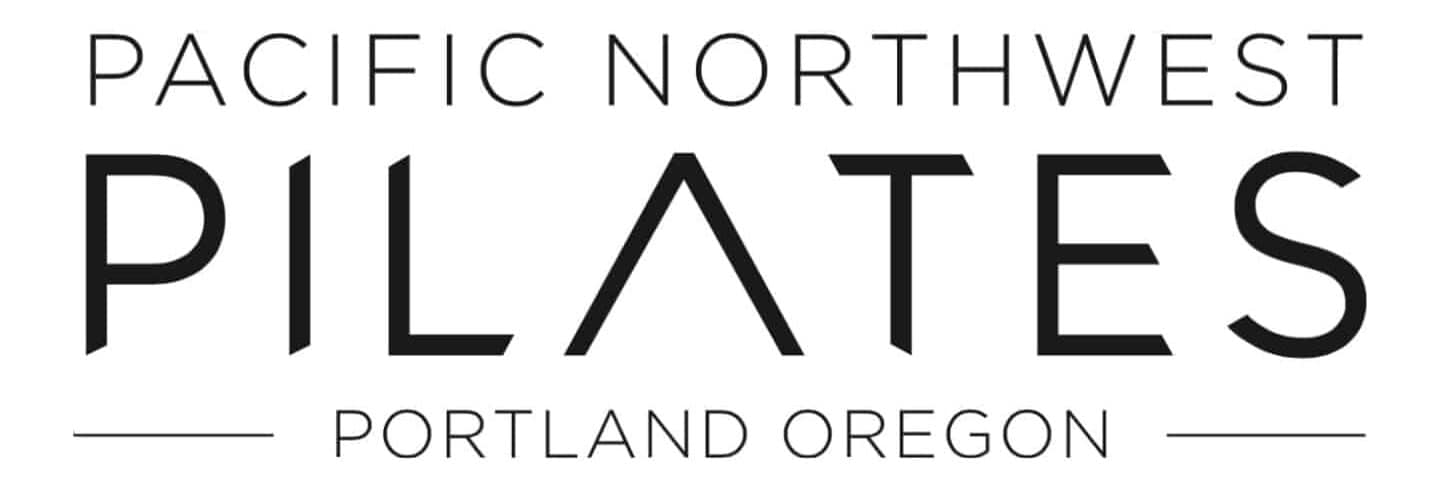The National Osteoporosis Foundation (NOF) declares that 54 million U.S. adults age 50 and older are affected by osteoporosis and low bone mass. To Pilates teachers these numbers are significant: It means that one of every two female clients—and one of every four male clients—who walk into a Pilates studio may have low bone density and or be at risk of a fracture.
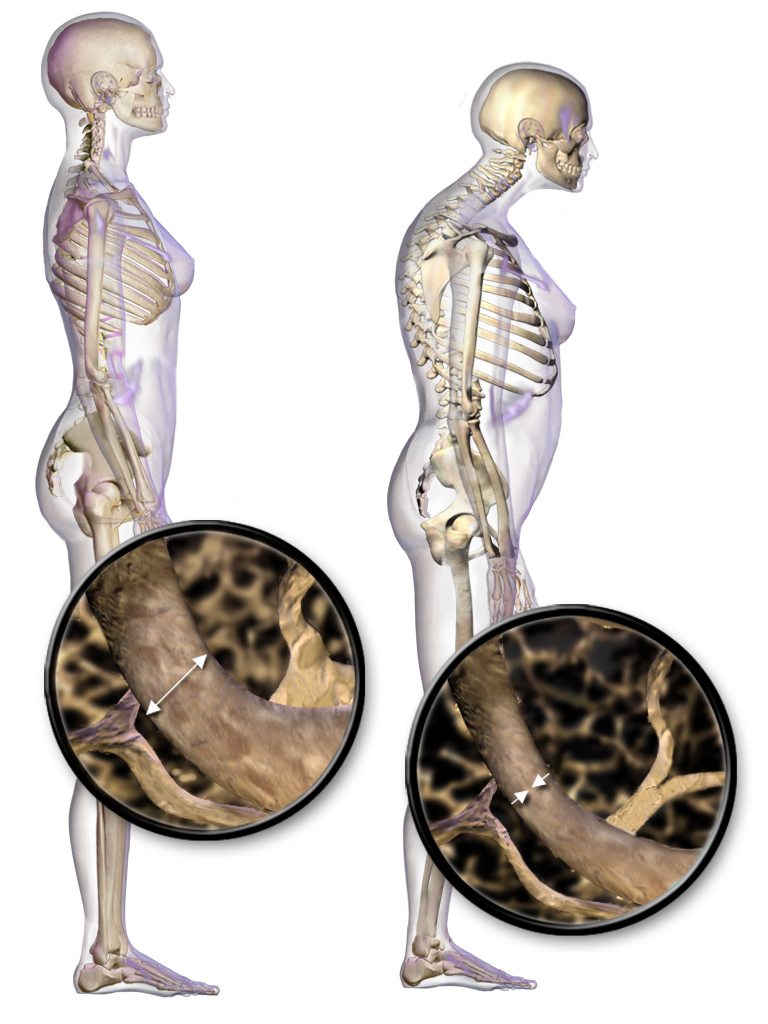
Osteoporosis means “porous bone” and low bone density can lead to fractures especially of the spine, hip (neck of the femur) and wrist. It is called a “silent disease” because it often goes undiagnosed until a bone breaks.
Research shows consistent weight-bearing exercise—along with a healthy diet and lifestyle—is one of the best ways to prevent osteopenia (the early stages of osteoporosis) and osteoporosis and to build and maintain strong bones.
Pilates is often considered a safe exercise choice for people with osteopenia and osteoporosis. However, many exercises are contraindicated. Knowing what is safe for clients with low bone density may mean the difference between helping them build more bone density or increasing their risk of a fracture.
Here are six crucial tips for Pilates instructors:
1 Screen for osteoporosis
New clients can forget to mention that they have osteoporosis when describing their history. If you don’t ask this question on your intake form, make a point to ask. If they know they have low bone density, request a release form from their physician before you begin programming.
2 Omit exercises that could lead to fractures
Remove or modify any Pilates exercise that flexes the spine, combines flexion and rotation or loads the spine in flexion when programming for a student with low bone density.
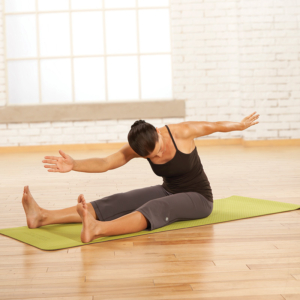
Do No Harm
Valuable as exercise is for building bone density, wrongly directed exercise can be perilous for those with osteoporosis.
A 1984 study (Sinaki & Mikkelson) tested four separate groups of people with osteoporosis. Group one did only extension exercises, group two only flexion exercises, group three extension and flexion, and group four did no exercise. Eighty-nine percent (89%) of group two participants subsequently had more wedge or compression fractures after the test—the highest incidence. By comparison, only 67% of group four participants (that’s the group that did no exercise) ended the test with fractures.
Conclusion: Forward bending, side bending and twisting movements will cause fractures for those with low bone density.
3 Teach excellent movement principles
STOTT PILATES® Five Basic Principles are always the first step to safe and effective exercise. Pay special attention to the way a student with osteoporosis is breathing. Encourage good three-dimensional, lateral costal breathing. Teaching neutral pelvic placement will help a student understand how to begin to do functional activities—such as picking something up from the floor—without rounding their back.
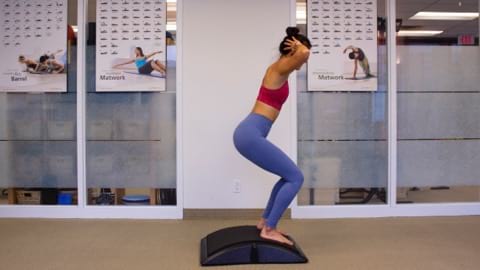
4 Set appropriate goals
Pilates is a low-impact weight-bearing exercise that incorporates muscle strengthening against resistance—the elements cited for building better bones. Setting intelligent goals and expectations will help you design a program that is safe, functional and effective for your client.
Pilates also optimizes postural awareness, develops strength and muscle mass, and improves balance and body awareness. Enhance a client’s overall condition to reduce the risk of falls and fractures.
5 Educate your client
Teach your client how to modify their own exercises safely. Use a prop to sit straight, avoid exercises that are contraindicated for their condition, and teach them how to get off and on the equipment correctly. These are all strategic tools to help students care for their bodies in the studio and will translate to how they move at home.
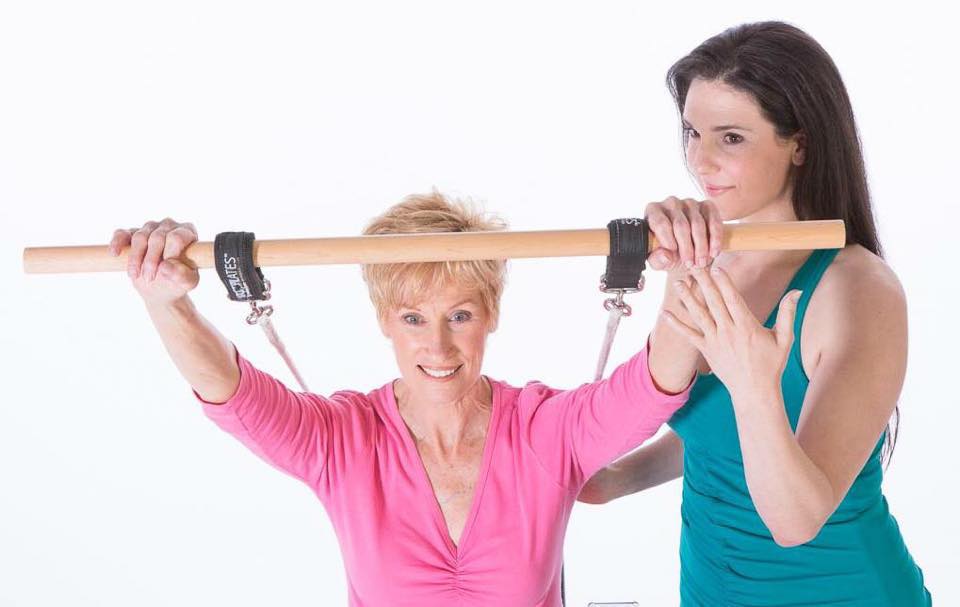
6 Educate yourself
Feel confident and focused when you work with clients with osteoporosis. Annual continuing education workshops and STOTT PILATES Injuries and Special Populations taught by Melanie Byford-Young teach you how to use the biomechanical foundation of STOTT PILATES to create informed, safe and effective programs for this special population.
For more information about PNWP rehabilitative education workshops or studio client sessions, please contact us at 503-292-4409 or info@pacificnwpilates.com.
++Blausen.com staff (2014). “Medical gallery of Blausen Medical 2014”. WikiJournal of Medicine 1
